How to Prepare Healthy Meals On the Go: Quick and Homemade
Do you ever feel like you need to make some changes in your life for improvement but not sure where to start? Perhaps the medications you take are not providing the same results, or your kids constantly appear to be cranky without any apparent reason, or you are always stressed trying to figure out how to get out of the credit card debt? Scientists have proved that eating homecooked meals is much healthier than going out to eat. Not only freshly prepared food is without preservatives, but it is also more fulfilling, nutritious, saves families money, and builds healthy habits. However, realistically, many of us are too busy to plan out, much more to carry out, well-balanced meal plans on daily basis. Working moms, dads, spouses, and families feel compelled to swing by a fast food place or a convenience store and grab something to snack on that will never meet the best nutritional requirements for our health. So what are we to do? I recommend making the goal to quit eating out and keep trying various methods until you gradually achieve it, even if it takes a few years to get there. (SPONSORED LISTING: 11,000SF Commercial Building 0.5acre Industrial Lot for Sale WAREHOUSEFTW.COM 972-891-1576)
Just because we know something is bad for our health and out budget does not always mean many of us will stop doing it. In addition to being nutritional, filling, and economical, homecooked meals can help build routine and expectations (thus better memory and discipline) leading to less stress and chaos in your life; help bring family members closer by gaining better knowledge about their preferences, food allergies, and help you become a much happier person in general. I believe many people and children feel irritated because of some level of "hunger" in their system, whether be it in a form of some nutritional deficiency or a lack of mental contentment from poorly tasting food that they eat out. You need not to take my word, but simply give it a try since there is stress to lose and a lot of benefits to gain: save money and time, save calories, sodium, fats and prevent diabetes, hypertension, and deseases, stay in control, practice highest food hygiene level, teach sharing, dedication, flexibility, and responsibility (doing dishes and cleaning the mess), provide safety and a more relaxed environment when eating at home.
If you tried planning your meals by making a menu and a shopping list, you may have quickly found out that many of those meals did not get eaten because your daily schedule changed or your husband or kids did not want to eat things in their lunchboxes resulting in a quick stop at a restaurant instead. So how do you make a meal plan that everyone will actually stick with? Do not get discouraged just because it is not an easy task and some general tips in the media are not very helpful.
Just like with many dieting plans out there, what works for some is not a feasible approach for others, so a strong commitment to eating homecooked meals at home and on the go requires much flexibility and habit adjusting at all times. Some of the reasons many people fail and end up right back sitting in a long drive-through line at Mcdonald's or Chick Fillet can be prevented. Next, read 10 important steps to help you build healthy eating practices.


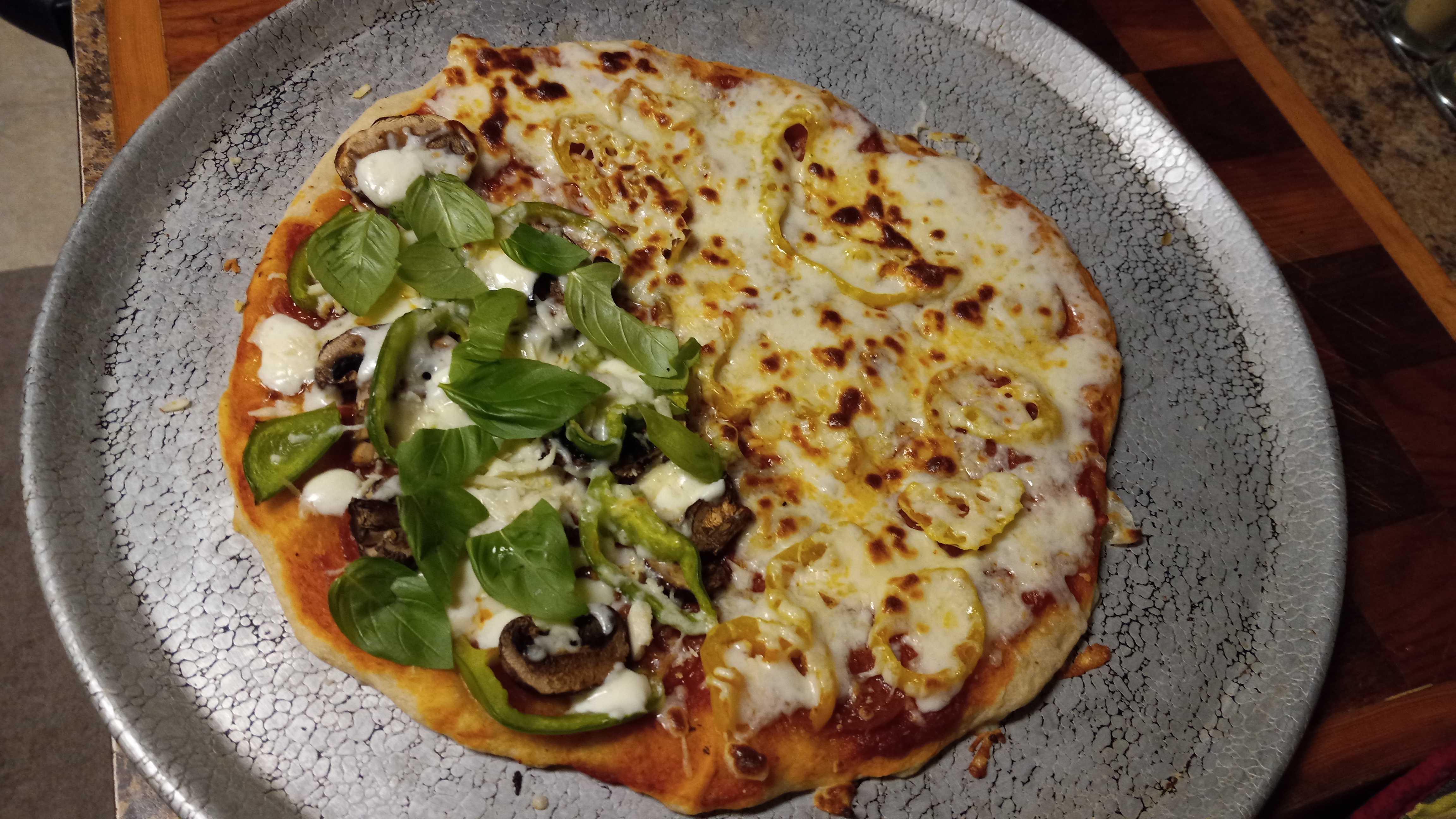

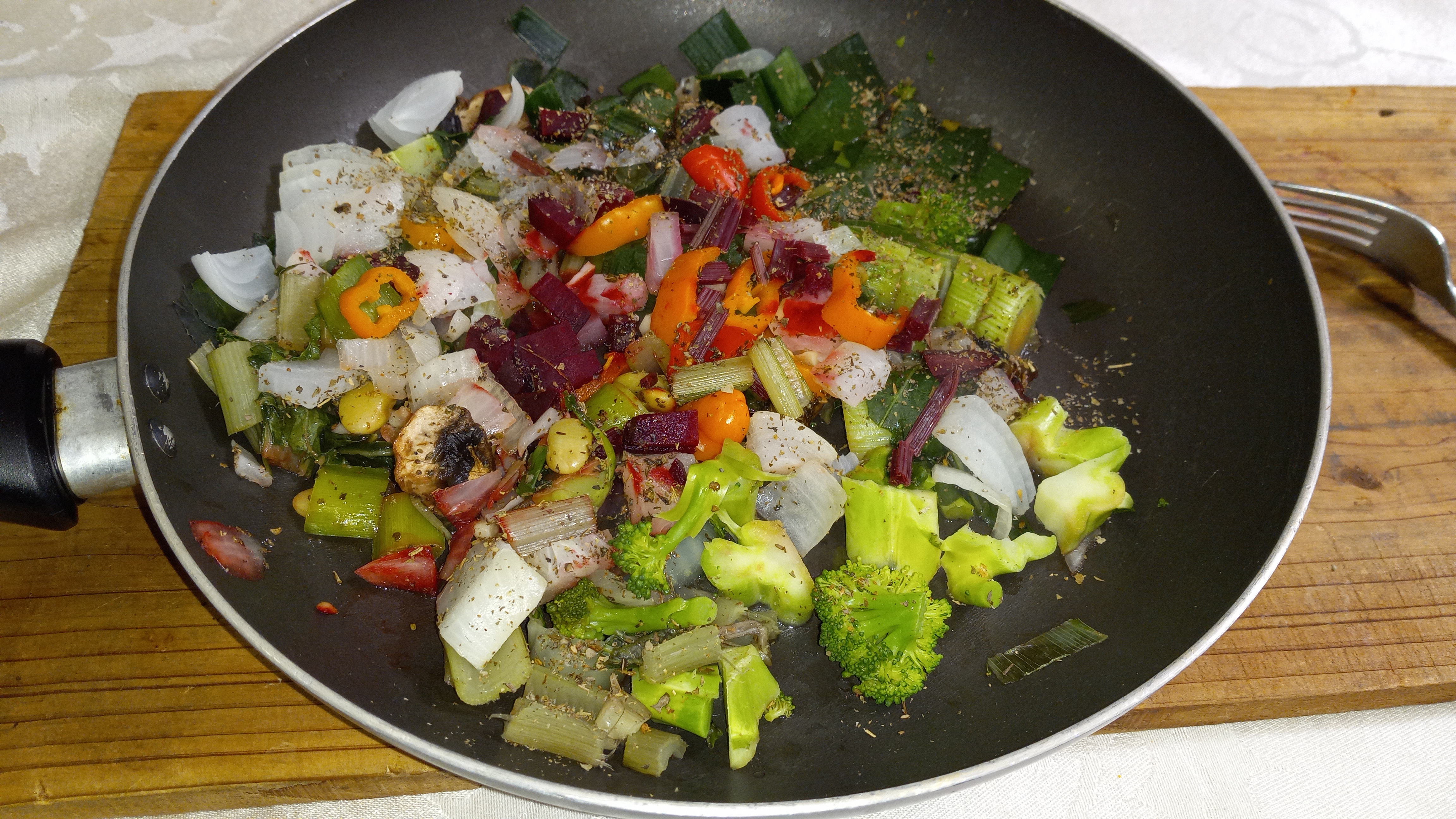


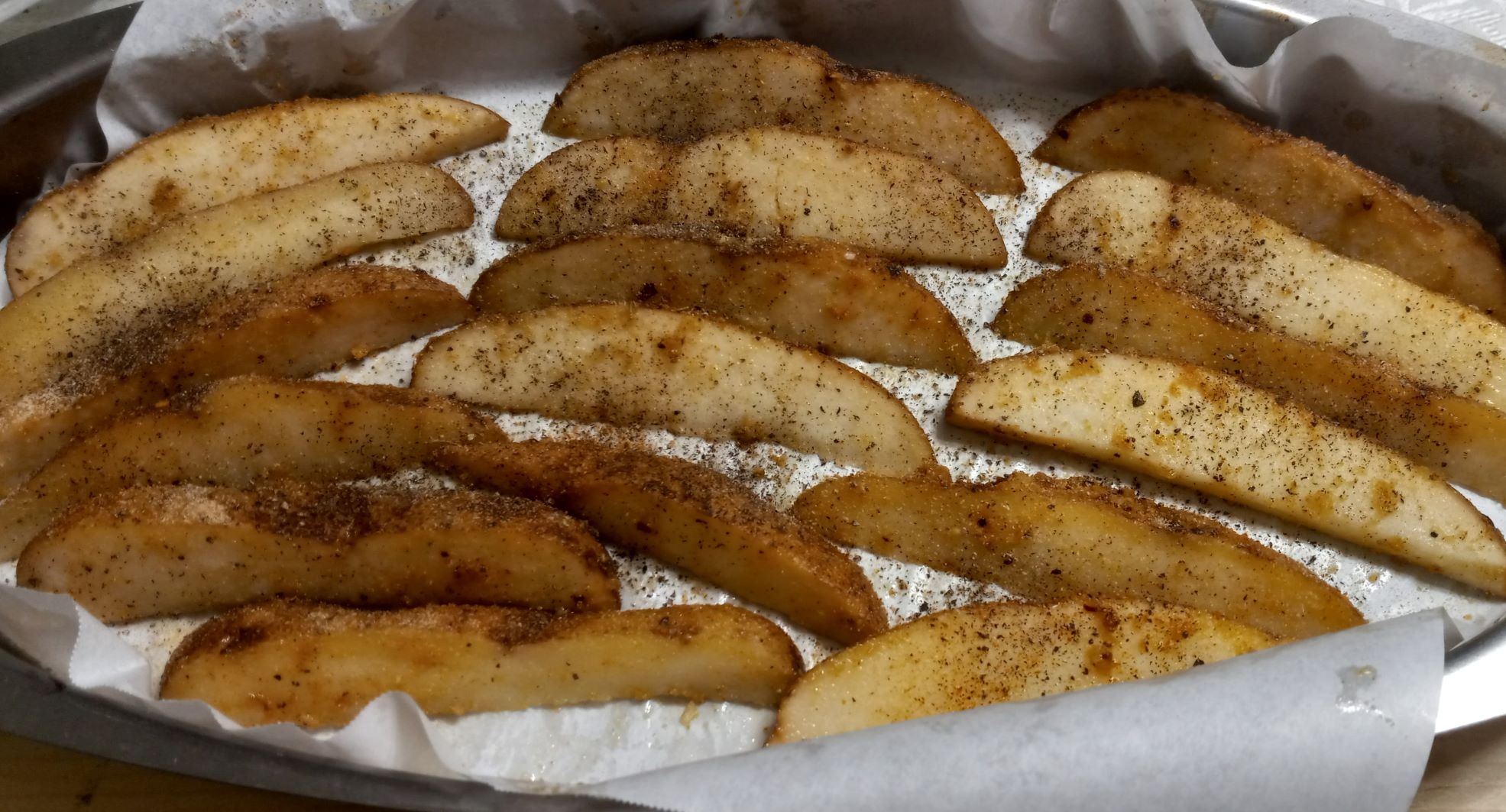



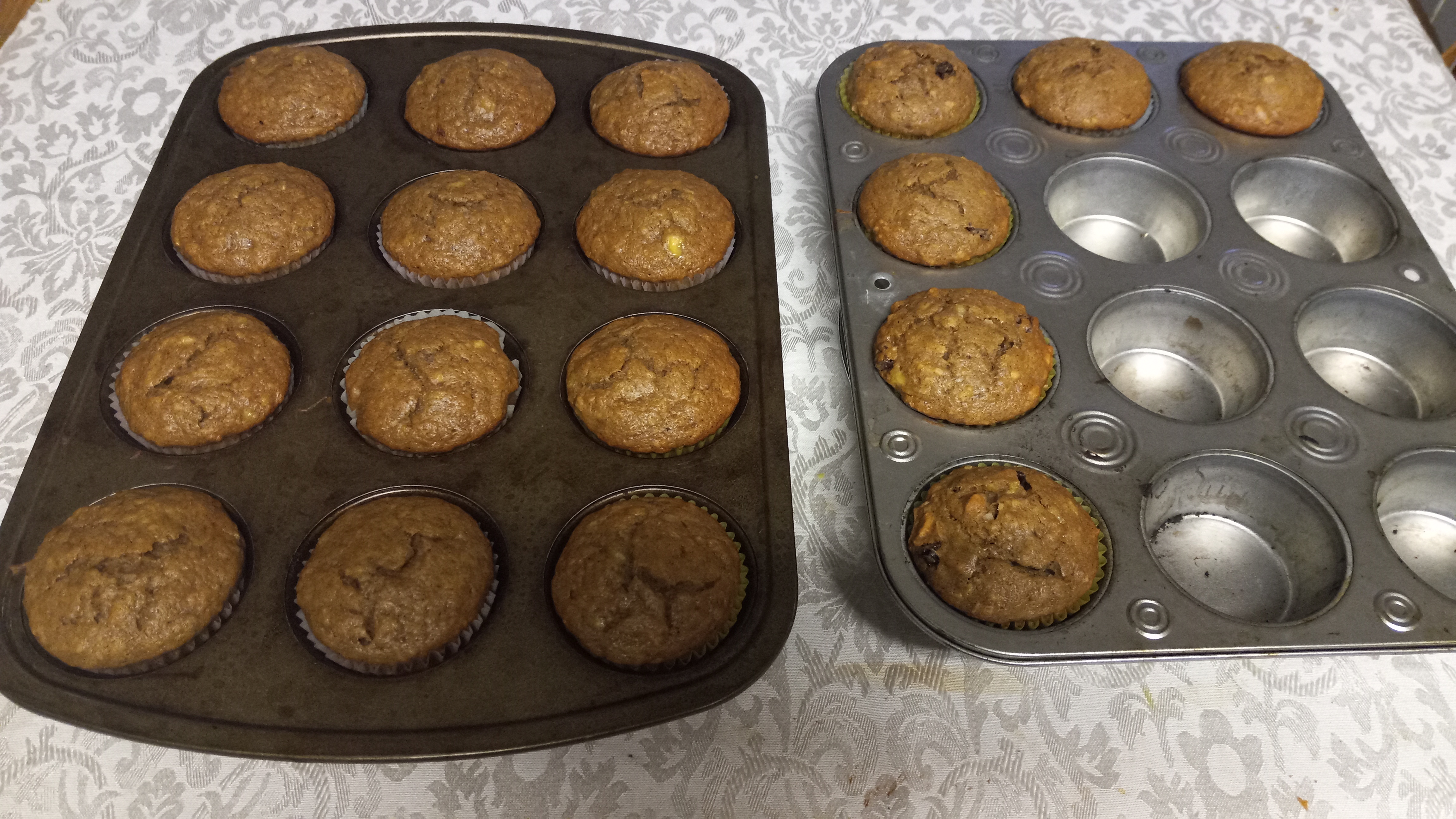
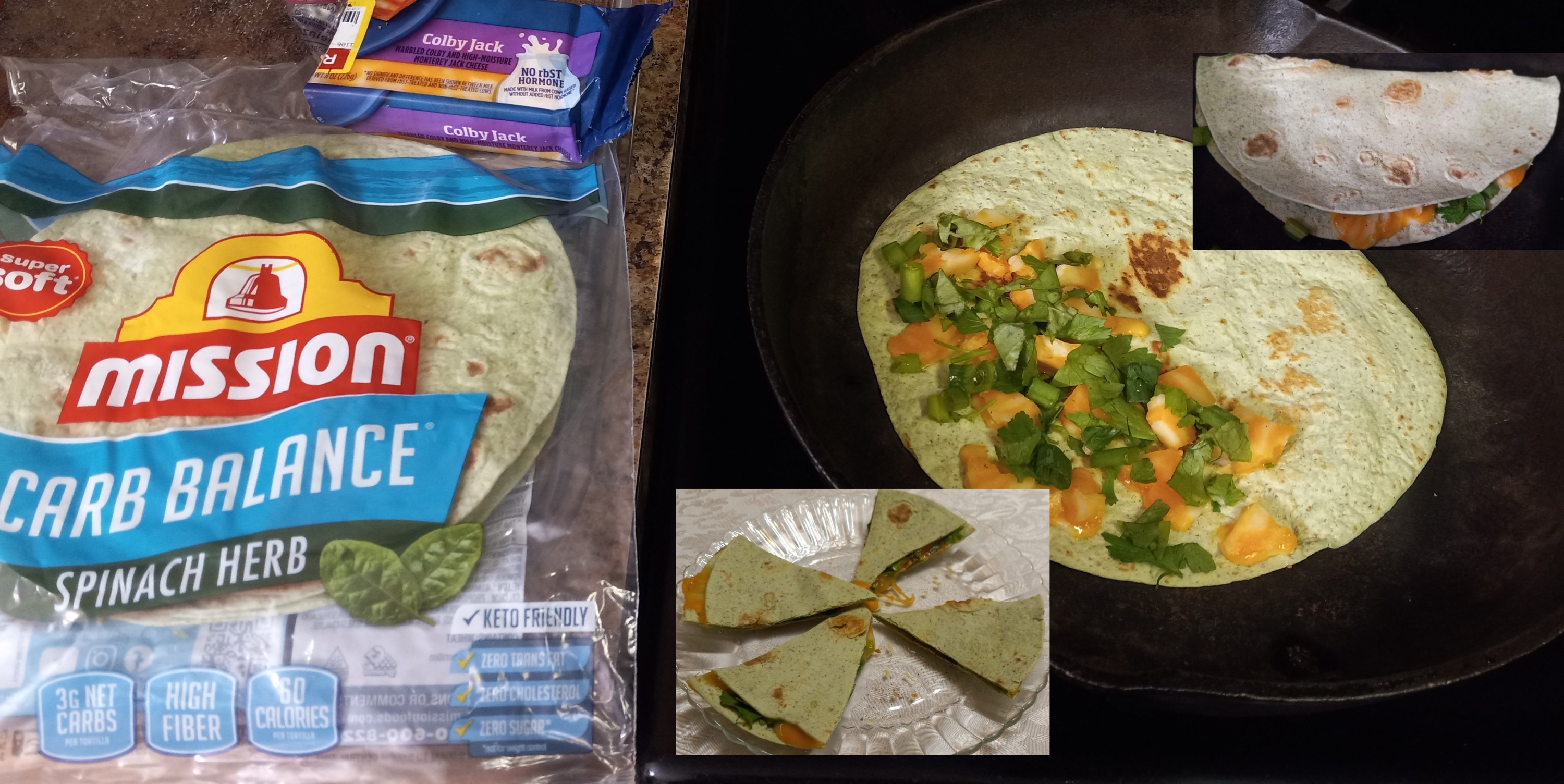
How to Start Eating Homecooked Meals Instead of Eating Out:
Step 1. First and foremost, establish everyone's top meal and snack preferences and outline the main ingredients on the list to ensure you have those cooking ingredients on hand at all times as much as humanly possible. Too many meals on the list will make it more expensive and more difficult to follow when grocery shopping so keep it to the top 3-5 favorite ones.
Step 2. Be prepared to change your meal plan in an instant even after everyone agreed to it on the day before. Standing your ground is important, but learn to read a situation for each case. "Planning" ahead simply means a tentative menu. Even if you attempt to convince your loved ones to stick to the plan, remember the key to success is flexibility and trying to avoid unhappy "campers." Some of us or our family members might get inspired after a food tv commercial or a conversation or a smell or a recipe that popped up on the computer screen. Solution: try to keep core ingredients on hand to be ready to cook something else (but still from the top preferences list). For example, we would have planned spaghetti one dinner but after a radio ad for a Whataburger during a car ride home, the kids would beg for homemade burgers and fries instead (make sure your cast iron frying pan is seasoned, you will never fry burgers in aluminum pan again!). My only flaw was running out of burger buns on hand (that is how I ended up learning just to simply freeze a bag of buns in the chest freezer for "just in case").
Step 3. Try to avoid cooking new and exotic meals that may be drastically different from the "norm" when attempting to wean off processed foods from restaurants and convenience stores (including prepackaged frozen meals and frozen pizzas in the freezer section of the grocery store). For example, if your family members are happy with a simple home-cooked chicken breast on rice, do not talk them into trying a honey mustard chicken chopped salad. Or they okayed cheeseburgers and fries and you surprise them with double bean burgers with mushrooms instead. Remember, stick to a "no surprises" and "thorough communication" system of meals for ultimate success. If you think the time to graduate to the next level had come and you can add another healthy item to a list, a cucumber or steamed cabbage, for instance, make sure to get an "approval" from those who were hesitant to eat it before. Do your research, compile a list of the many nutritional benefits and remind it to everone to make it more appealing to eat it.
Step 4. Sometimes you may end up cooking separate dinner meals for everyone in one night. If everybody cannot come to a consensus or you happen to have really picky eaters in your family, cooking what each one requests might be the last resort to avoiding going out to eat. Although it may result in an unplanned trip to a grocery store (I usually just simply enjoy it as an additional family time together!) because as I always say, "a little heads up notice would have been greatly appreciated".
Step 5. Always have healthy snacks ready to be packed for lunch boxes. Chips and prepackaged Little Debbie cakes are not it! By now, we all know the difference between healthy and unhealthy snacks: bananas, apples, cheese, celery, peanut butter, boiled eggs, toast, homemade cupcakes, crackers, salami, pickles, dehydrated veggies and fruits, to name a few of the nutritional snacks. Ensure that EVERY family member has his or her own to-go food bag made of some durable thermally-insulated moisture-resistant material like kids' lunch boxes. It should be large enough to fit a bottle of water with several clear containers, zip-lock bags, and silverware. Do NOT forget to purchase a can opener that you can leave in each bag. Canned goods make perfect on-the-go snacks and deserts like canned pumpkin, sweet peas, corn, fruit cocktails, tuna, olives, and more.
Step 6. Mix and Match your leftovers. Cooking a larger amount of food for dinner means leftovers for lunch. Oftentimes, though, it may seem that the leftover food just does not taste the same as it did at dinner the night before. Although some prepared foods do change the texture and taste significantly with time, you would be surprised how much more exciting a dinner left over would be on the day after the next day. Sometimes, I may even put a few containers into the freezer (but be cautious: ensure to serve them up within a week and keep them double protected in freezer-safe containers and zip-lock bags to prevent any smell and flavor modifications).
Step 7. Try to complete each dinner with a healthy home-baked dessert (despite the high sugar and carb count, homemade desserts are still healthier than store-bought sweets as they contain no preservatives and artificial additives). Not only it would be a joyful combination with a morning coffee or a lunchbox special, but it would also help to avoid reaching for Oreos on a midnight snack journey or sneaking out to 7-Eleven for a walnut brownie. Choosing dark chocolate instead of milk chocolate or coconut oil instead of vegetable oil are some of the examples for much healthier choices for your sweet course.
Step 8. Do not be overwhelmed by the amount of information about calories, carbs, healthy weight, brand names, combinations, menus, etc. Stick to the basics and your intuition:
-Make a habit of reading the ingredients list on the packaging label (Less is more, or better, especially fewer names you cannot pronounce usually means less chemical preservatives)
-Stay away from the ingredients that contain corn syrup (or solids or syrup of any kind)
-Fresh is always better than dry or frozen (prepackaged or precooked ingredients suffer significant loss of their nutritional value) but for practical reasons and flexibility requirements, all forms may be needed
-Pay extra attention to each day as it varies based on activities. For instance, on cold winter days try to suggest meals with more fulfilling ingredients like chicken vegetable stews or chili with cheese in the bread bowl. On days with lots of physical activity, like practicing sports at school or moving furniture, recommend high-carb meals like pizzas with meat toppings and even sides of chicken wings. On the late nights at work, plan for something easy and quick like spaghetti and cucumber salad.
Step 9. Avoid temptations at all costs! Think of it as Out of sight, Out of mind. Even individuals with the strongest willpower can be easily persuaded to eat out for any number of reasons, like a social gathering at work or a birthday celebration at a favorite restaurant. Surely you may not be able to eat homecooked meals 100 percent of your life, but try to drive the routes with the least amount of fast food joints and convenience stores on the way, make a thermos of hot coffee for the road to avoid stopping for coffee and sweet treat, keep that home-packed meals to go-bag with you at all times. If pears, blueberries, and guava are not satisfying enough, snack on some dry cereal from a little ziplock bag. You would be surprised that even those fresh green peppers, parsley, mint, and basil leaves that you threw in there just in case will be a delicious combination with a slice of avocado or plain crackers (try dehydrated seaweed crunchy thins, yum yum). When grocery shopping, make a habit of NEVER going on the snack isle with Little Debbie cakes, or a cookie isle with poptarts and oreos, and bakery section with all the cakes voices calling "Eat Me!".
Step 10. Eating healthy means eating the right amounts. The only person who can tell you what the correct amount of food for you is yourself. Because oftentimes we mistakenly interpret our thirst for hunger, I recommend a "water test" before eating a snack. Staying hydrated is extremely important for our body to carry out all its functions. Drinking water is essential for health. Simply drink a few sips of water or any healthy liquid (herbal tea, green tea, freshly squeezed lemonade, coffee, almond milk, regular cow milk, apple juice, etc) and wait a few minutes to see if you still want to reach for the snack. You would be surprised that you were not really hungry for food. Lastly, keep in mind that being bored makes us eat more. Snap out of boredom and do a few stretches if possible before convincing yourself it is mealtime. If you are not feeling hungry, do not force yourself to eat. Learn to listen to your body and ask your loved ones what their bodies are telling them.









